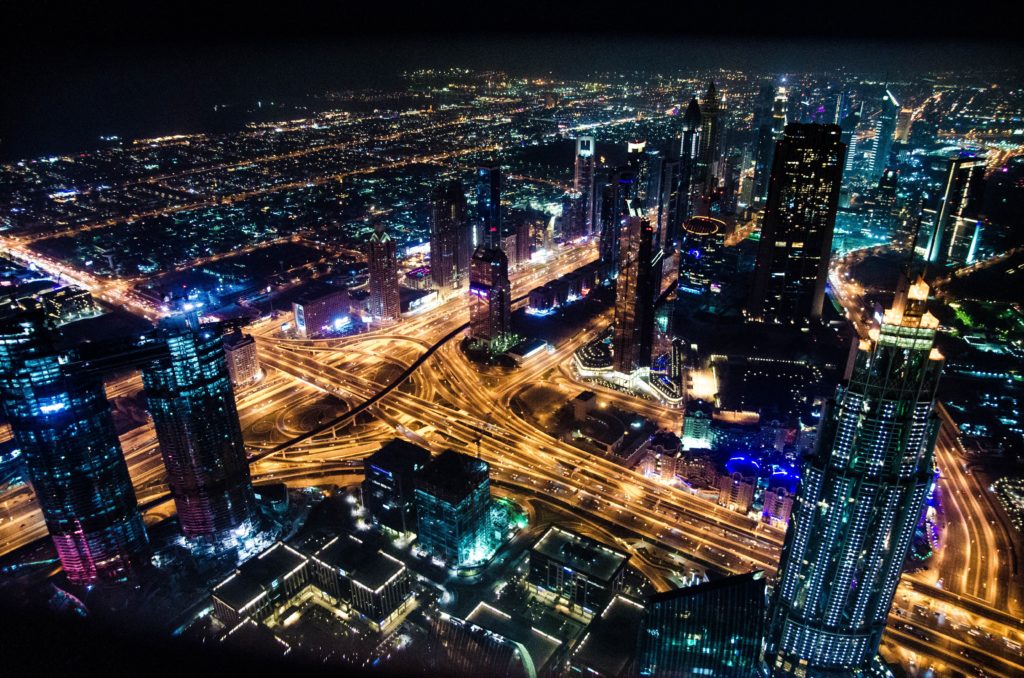By Roman Pavlyuk, VP, Digital Strategy at Intellias
With smart cities promising to deliver the modern utopian dream, architects need to address the tangible challenges of the technology involved. There are a number of key areas that need exploring as architects, city planners, and government officials plan the next phases of smart city evolution.
Integrated transport
Multimodal, integrated mobility is at the heart of the smart city, and yet it is still sorely lacking in most modern urban environments. If a public transport app fails to update anyone about roadworks so they miss the replacement bus service, anyone then resorting to a taxi app is hit with a hefty surcharge simply because they can.
Alternatively, integrated digital assistance systems that can help citizens navigate around the city, enable the purchase of public transport and parking tickets, show the current location of various buses and trains, and connect to bank and SIM cards, would pave the way for a smarter approach. Such systems would also help keep residents and visitors safer, helping people ensure they get off at the right stop at the right time.
Narrowing the rural/urban gap
Smaller towns lack the resources, expertise, infrastructure, and finance to begin their journey to smart status. That’s why larger conurbations need to step up and share their know-how and experience. Regional collaboration in areas such as traffic management, smart mobility, smart lighting, and smart grid energy all make sense as there is a significant overlap beyond city limits.
On a broader scale, there are national initiatives that can kickstart smart thinking, for example, the widespread adoption of smart electricity meters (Spain was the first EU country to reach 100% smart meter installation in 2018). These meters help minimise electricity use and balance power across the grid, regardless of whether you are city or country-based.
State of emergency
Smart cities are a game changer for people struck by an emergency. Residents and visitors alike can opt-in to services that sound the alarm when disaster strikes. Whether it is wildfires, floods, or earthquakes, governments can provide live updates of the current scenario, display personalised evacuation procedures, and rescue stranded citizens by tracking their location.
Longer term, these types of smart city alert systems will become unified and standardised so that the same solution can be used to warn of wildfires in California and floods in Berlin, seamlessly. Such solutions can also include city navigation tools, access to emergency services, tourist information, and restaurant booking – basically becoming a one-stop hub for all smart city services.
Measuring success
Success is ultimately based on citizen comfort. Usability and convenience are therefore key. How long does it take to find a parking space in a new city? How easy is it to pay for parking? Not so long ago, it could take an hour to find parking and then another ten minutes to pay for it. Now, apps exist that are integrated with mobile payment that can not only guide users to available spaces but also automates the payment so they can park and go in minutes.
Other questions to ask might concern finding specific local landmarks and amenities or planning public transport routes. The smarter the city, the easier, faster, and more intuitive the process will be.
The future of smart cities
Urban mobility has changed little in the past sixty years, until the arrival of autonomous, self-driving vehicles. These, although not yet allowed to self-drive on most roads, promise to transform urban transport. By talking to each other, forming convoys, and finding the fastest, lowest carbon consumption route, traffic jams might become a thing of the past and pollution will be reduced.
Then, we have the advent of flying vehicles, like the eVTOL flying car X2, which debuted recently in Dubai. Such vehicles have been the stuff of dreams, from the Jetsons to Back to the Future and Bladerunner. Now, they are set to become a reality: the ability to traverse the urban environment in three dimensions will make journey times faster, reduce collisions, and minimise emissions.
These are just a few areas worth considering when it comes to smart cities. Remember the concept is very much a work in progress but we are gradually making our cities, buildings, and vehicles smarter in an effort to live more efficient and convenient lives.









